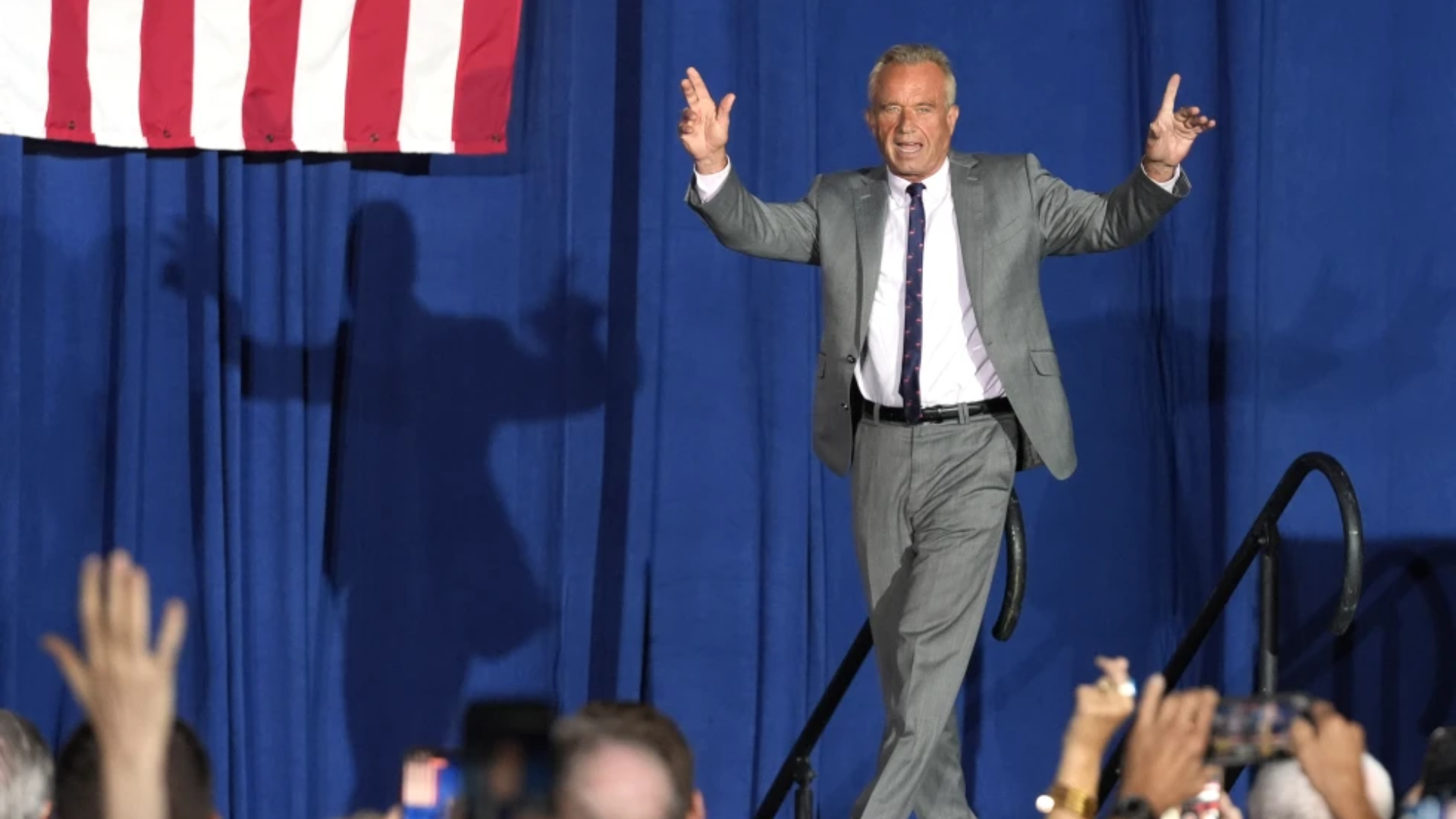BALTIMORE — (CNN) Baltimore leaders knew that protests could erupt the day of Freddie Gray’s funeral, but were ill-equipped to handle the riots that followed.
Those are some of the details found in the 7,000 pages of emails released by the city Monday. The documents were turned over after a public records request by CNN.
Violence engulfed Baltimore on April 27, the day of Gray’s funeral. The 25-year-old Baltimore man died in police custody after suffering a severe spinal cord injury while riding in a police van.
In the hours leading up to the riots on April 27, a flurry of emails flew between city officials. By then, word had spread on social media of a massive student gathering at Mondawmin Mall.
Some had talked about a “purge” — an apparent reference to the movie “The Purge,” about a dystopian future in which on one day each year, all laws are suspended for a 12-hour period and all crimes, including murder, become temporarily legal.
“Pat has received reports that children will possibly riot after school starting at 3p down from Mondawmin to North Ave and to downtown,” Olivia D. Farrow of the city’s health department wrote at 1:52 p.m.
“Staff at Druid becoming concerned. May need to close early. Waiting to see if rumor or if something seems to begin happening. She will keep us posted.”
Several more emails from city officials followed, expressing concern about possible violence and asking whether city employees can leave early. There was no apparent answer to the email chain.
Hours later, as the nation watched the riots on TV, Baltimore police Director of Government Affairs Drew Vetter updated other city officials late into the night.
“As of this message, rioters are continuing to set fires to businesses and properties around the City,” Vetter wrote at 3:11 a.m. April 28. “However, the pace has slowed considerably and the City is now largely quiet.”
He said about 20 officers were injured, and some were hospitalized. And there were signs of more chaos to come.
“As of now, we have information that rioters will continue to target shopping and commercial districts, specifically Security Square Mall and Towson Town Center,” he wrote. “Please implore all parents and other members of your community to keep their kids home tomorrow. Thank you.”
The decision by Mayor Stephanie Rawlings-Blake to enact a week-long curfew from 10 p.m. to 5 a.m. drew a wide array of responses.
“I am wondering if you can provide any information on the curfew,” wrote Abigail Janssens, co-owner of The 8×10 music venue. “We don’t open our tavern until 8:00 PM so this is huge for us. Losing a week of business is equivalent to losing at the very least a quarter of my income for the month.”
Michelle Bailey-Hedgepeth of Baltimore’s Board of Liquor License Commissioners responded a few hours later.
“At this point, we understand the curfew to be for all operations and all ages throughout the City of Baltimore,” she wrote on April 28. “I know that this poses a hardships to many of our licensees but, due to the recent events this is something that we must follow. We are asking that licensees follow the directives of the City to ensure public safety.”
Deputy Mayor Colin Tarbert also clarified the rules, saying anyone who had to work in “essential business operations” past 10 p.m. must have documentation from his or her employer.
“Non-essential business operations should be suspended from 10:00 p.m. until 5:00 a.m.,” Tarbert wrote on April 18. “This includes restaurants, entertainment venues and bars, which should be closed during these times. Please ensure visitors and patrons have enough time to travel before the curfew begins.”
The curfew was lifted on May 3.
The emails also highlighted the loss of income to businesses and tourist attractions during the upheaval.
The National Aquarium saw losses of 80% days after riots, the documents said. The Maryland Science Center saw 90% drop in attendance.
Several people warned about rioters turning business’ outdoor furniture into weapons. Sarah St. Clair of Baltimore’s Waterfront Partnership wrote that “people are using the furniture to break windows.”
“Our window at Columbus Center got smashed too,” Laurie Schwartz of the Waterfront Partnership added.
One of the most disastrous sights was the looting and arson of a CVS store. But perhaps those who suffered the most were the small, local businesses.
“This event has been devastating to the City as a whole, and in particular to our small business community,” city council member Eric Costello wrote on May 1.
“This is an unprecedented time in Baltimore City and our Nation. We all want to return to a state of normalcy as soon as humanly possible. I realize that this response may be frustrating, but please know that I have advocated for your positions.”
By the time the protest violence stopped, more than 480 people had been arrested and over 110 officers had been injured, Baltimore police said.
And about 200 Baltimore businesses, many of them minority-owned and also lacking insurance, were lost in the April 27 riots.
The-CNN-Wire ™ & © 2015 Cable News Network, Inc., a Time Warner Company. All rights reserved. (PHOTO: VOA/Wikipedia)






















